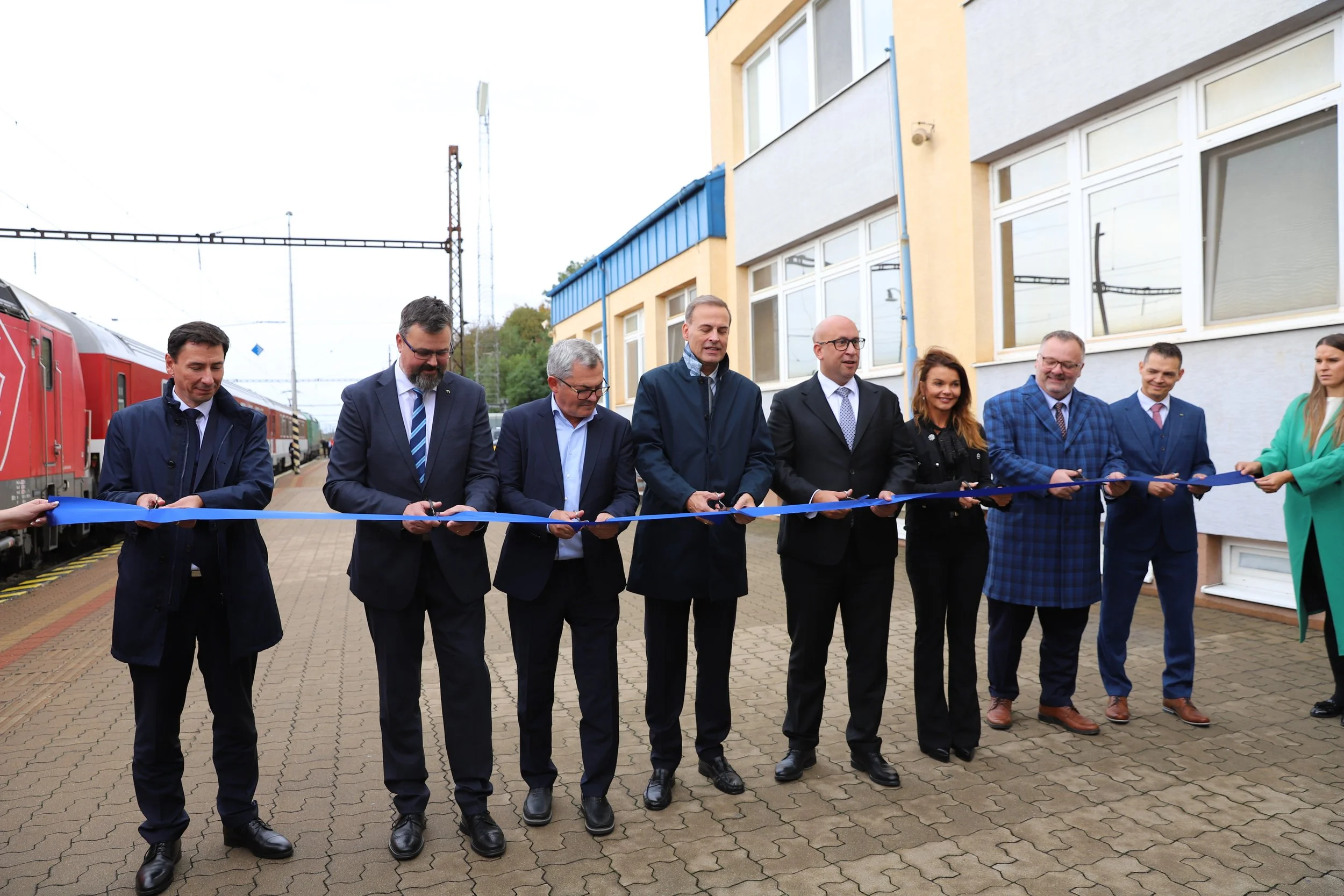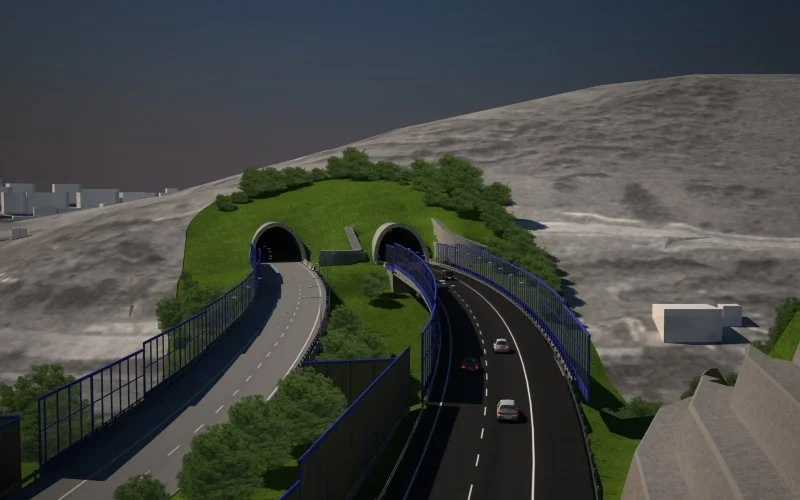Latest news on Slovakia’s transport projects
A Faster Route to Vienna: The Electrified Devínska Nová Ves – Marchegg Railway is Complete
On Monday, October 6, the brand-new, fully renovated railway line from Devínska Nová Ves to the Austrian border saw its first journey. The Comprehensive Reconstruction and Electrification of the Railway brings faster, more reliable, and more sustainable rail connections between Bratislava and Vienna. After the modernization, trains will no longer travel at 80 km/h but at 120 km/h, reducing the travel time by 15 minutes. Electrification of the line, including the modernization of the historic bridge over the Morava River, provides the fastest direct train connection for thousands of Slovaks traveling to Austria and beyond.
Funded by the European CEF – Connecting Europe Facility, which supports cross-border railway links on the TEN-T network, the project has increased the capacity, reliability, and sustainability of the line. The construction faced several challenges, including the relocation of protected species, floods, and historical findings on the Morava bridge, which required additional geotechnical surveys.
This modernization represents the first stage of an ambitious plan that will eventually include double-tracking the line and constructing a new bridge over the Morava, strengthening the strategic railway connection between Slovakia and Austria and promoting sustainable transport across Central Europe.
Construction of the Kysuce D3 Highway Begins: Regional Mobility and Transit to Improve Significantly
On September 30 in Žilina, the National Motorway Company (NDS) signed contracts with contractors for all three sections of the D3 highway in the Kysuce region, marking the start of construction for the 26-kilometre corridor.
The new highway will divert thousands of vehicles from congested local roads, reduce daily traffic near Oškerda by up to 12,000 cars and 6,000 trucks, and significantly improve travel times and safety.
The project includes 21 km of four-lane highway and 5 km of half-profile road, with a second tube added to the Horelica tunnel. Once completed, it will provide a continuous route from Žilina to the Polish border, enabling efficient north–southwest transit without overloading smaller roads or towns.
Total costs amount to approximately EUR 890 million, with 85% funded by EU sources. Simultaneous construction of all three sections ensures shorter disruptions and faster commissioning, delivering major capacity, safety, and operational improvements for the region.




